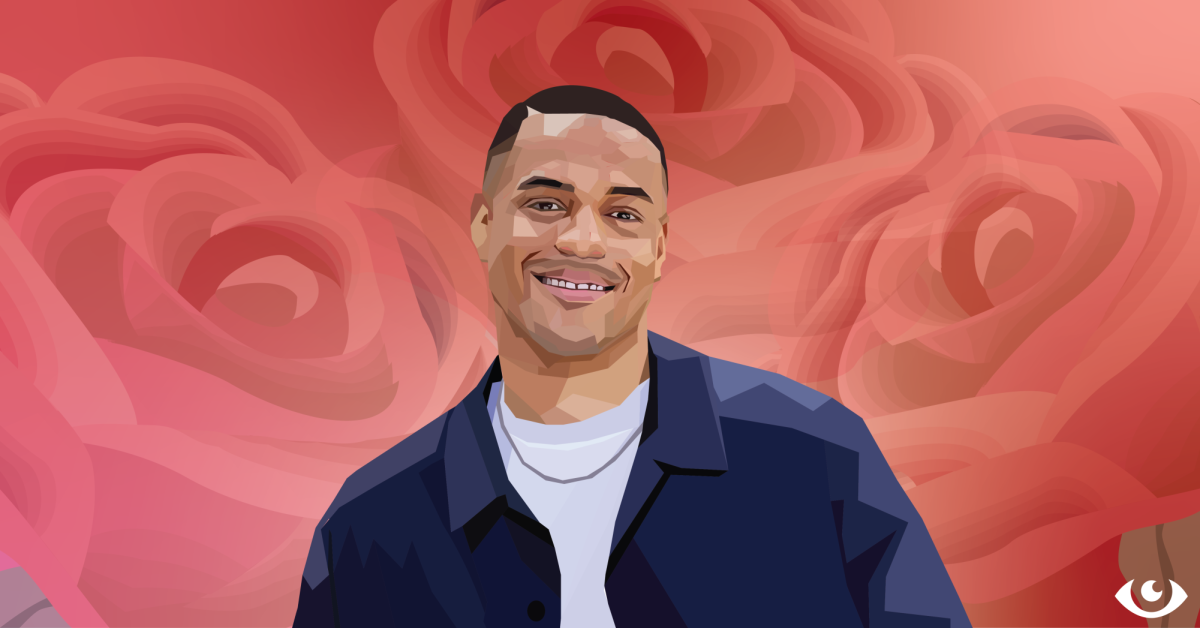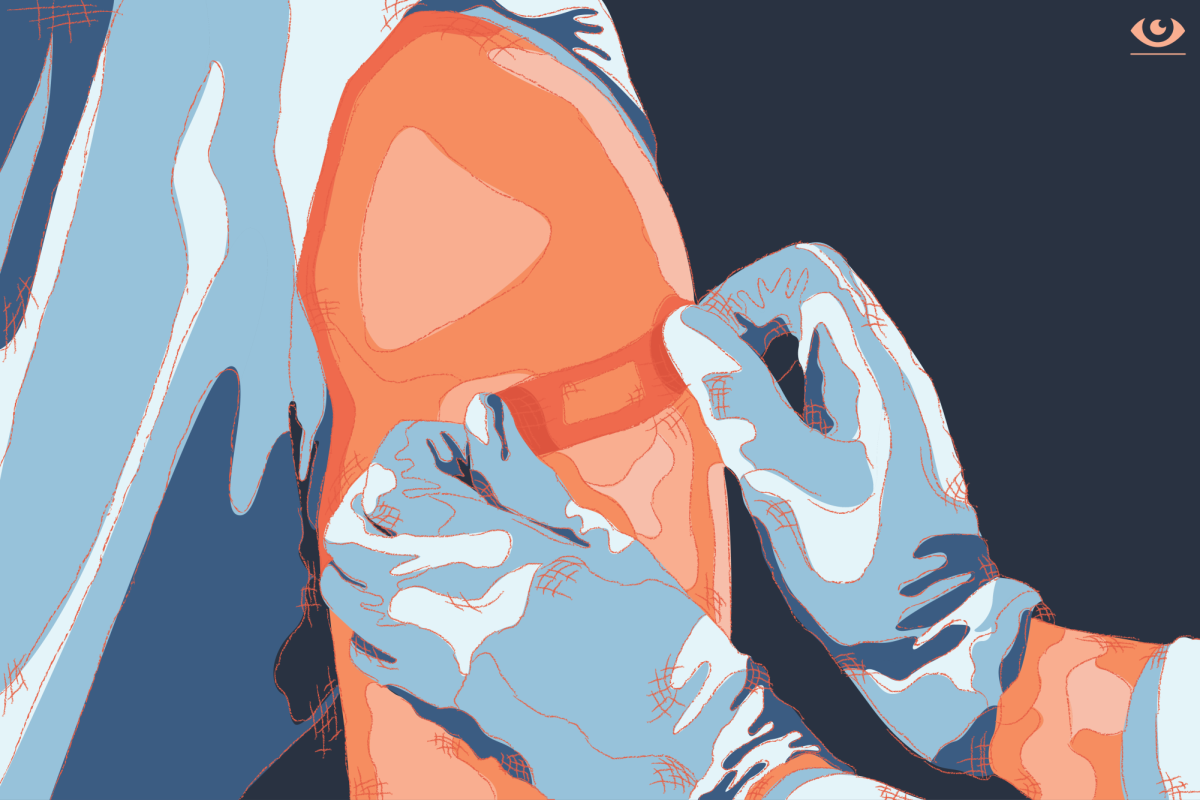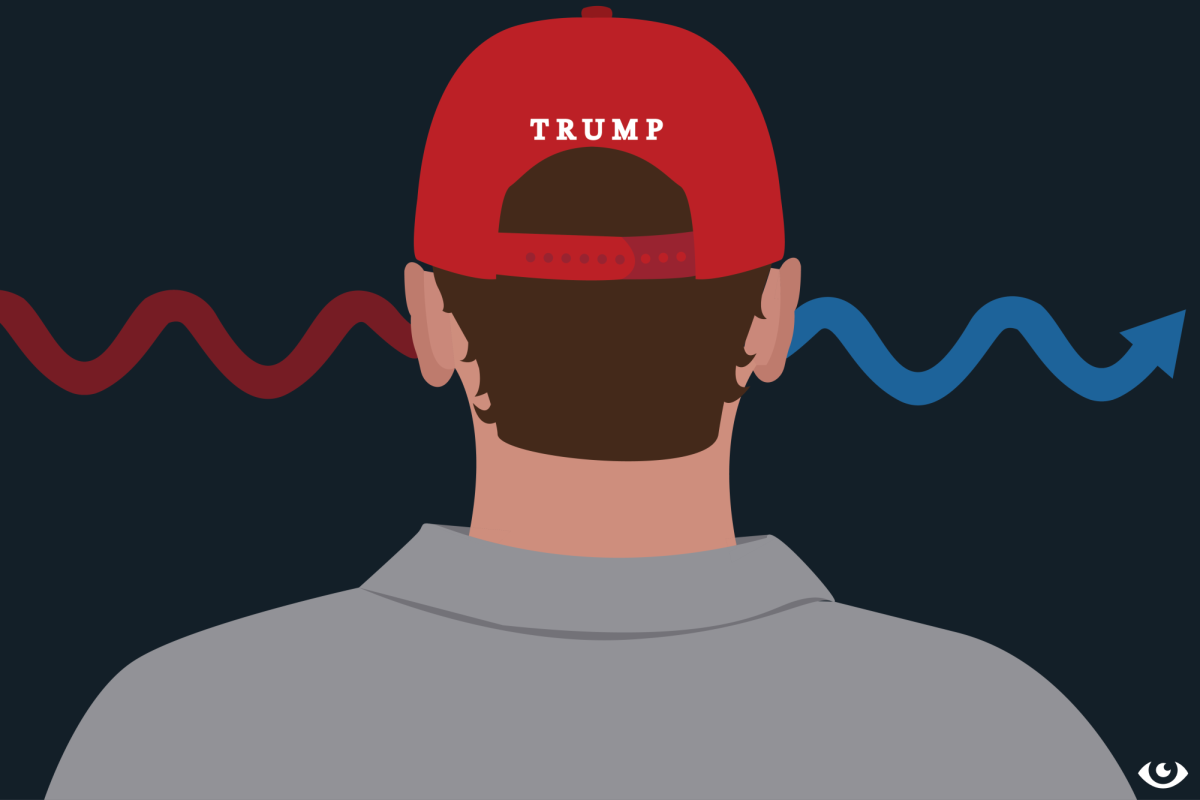Name an Indian character from a popular television show. Go on, try to think of a few, just off the top of your head. I’ll wait.
Done? Ok. Did you think of Apu from The Simpsons, Raj from Big Bang Theory, Tom Haverford from Parks and Recreation, or Baljeet from Phineas and Ferb?
At the risk of sounding repetitive, there needs to be a better representation of minorities in media. As in, roles must be written for minorities that aren’t caricatures of an entire group of people based off of stereotypes existing only for comic relief. For example, in Pitch Perfect 2, the writers used “diverse” characters just so that they could stereotype and make jokes for cheap comedic relief. The fact that the characters are “diverse” is the only proprietary factor that makes them unique. They are there solely to be laughed at, their entire existence reduced to a stereotypical joke.
Not every Italian person is a cook or works in a restaurant or is in the Mafia or has an accent reminiscent of Mario and Luigi.
Not every South Asian is a taxi driver or a stereotypical intellectual.
Not every straight Asian dude is “bad with women”. The Big Bang Theory character Apu has an exaggerated accent that exists only in the minds of uneducated westerners.
But it’s not all white people on the red carpet anymore. Diversity in media is becoming a more and more popular topic of discussion. Now that talk just needs to turn into action. To an extent, Hollywood takes their cues from us: the public, the consumers, the audience. They’re a little late on this one (a few decades) but with the award-winning success of movies and shows such as Moonlight, Get Out, Hidden Figures, Empire, Jane the Virgin, and numerous others, maybe they’ll finally realize that the people sitting in front of the screens don’t all look the same, don’t all have the same background or lifestyle or values or thoughts. All these people want someone relatable, characters they can identify with and see themselves as. That’s how escapism works. And they are slowly (very, very slowly) learning, thanks in large part to efforts from outsiders such as Justin Simien (Dear White People) and Saladin Ahmed (Throne of the Crescent Moon), YouTubers such as Anna Akana, Superwoman and WongFu Productions, old talent such as Ang Lee, Sandra Oh and George Takei, and, of course, the good people of Twitter.
And to all those who think of more diversity in media as “placating the minority” or say that Hollywood is just representing their main audience (whites) as a matter of business, the numbers show that in 2016 and 2014 the majority of moviegoers in the country were Asian-Americans, and in 2015 it was Hispanics. In recent years Caucasians, despite being the country’s only majority, have been coming in fourth in terms of ticket sales, after Asian-Americans, Hispanics, and African-Americans. Even abroad, the biggest consumer of Hollywood, second only to America itself, is China. So it’s been proven, many times over, that the only thing keeping Hollywood from being more diverse is it’s institutionalized racism and the extremely human practice of seeing a stereotype when looking at another human being. Funnily enough, that’s something the camera never does.






